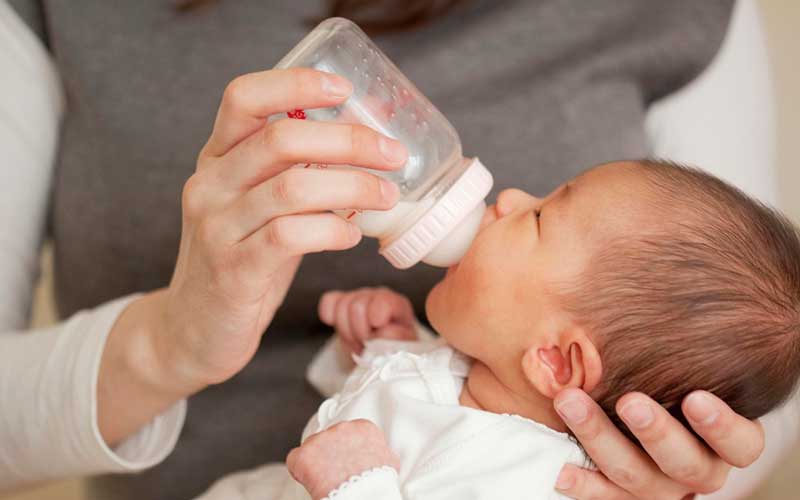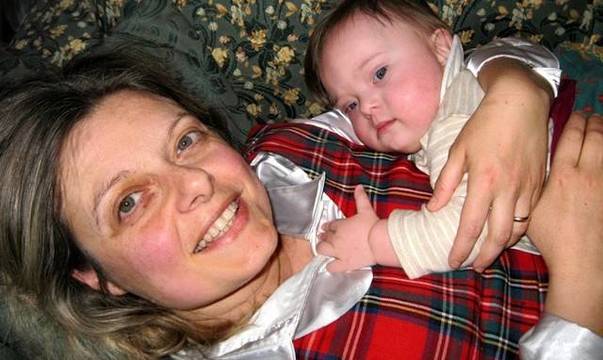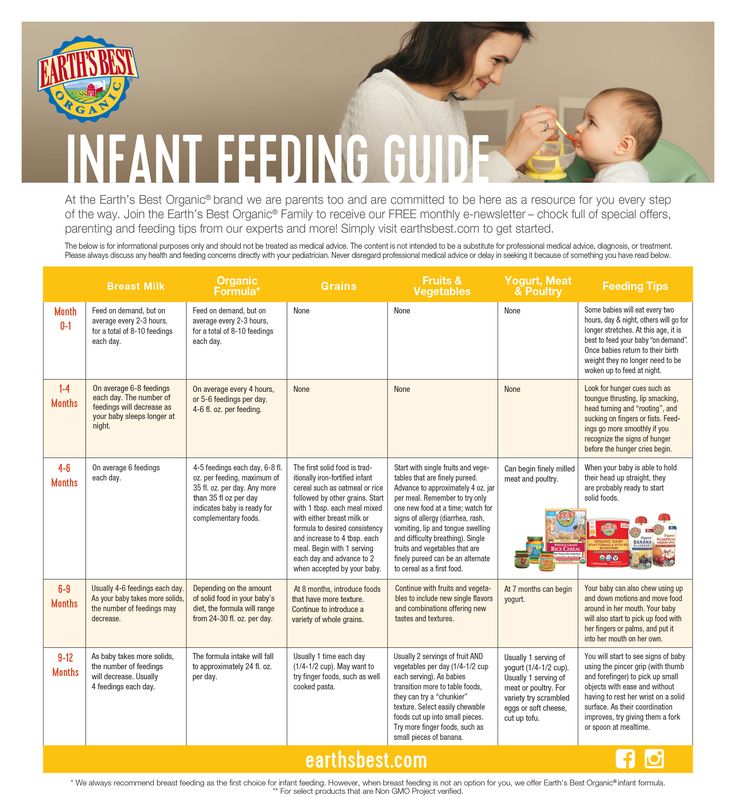When should i feed my baby more than 4 oz
Dr George Skarpathiotis MDSC
During this period of time, your baby's sole source of nutrition is either breastmilk or infant formula. Water can be introduced at about 3 - 4 months. We do not recommend:
- Starting any solids until about 4 months.
- Giving juices until 6 months.
- Giving Cow’s milk until 12 months.
Breastfed babies will feed every 2 - 3 hrs initially, and usually a feed will last about 20-30 minutes. You will know your baby is feeding enough if he or she is producing at least 4-5 wet diapers a day and at least 2 stools a day. Babies will feed every 3-4 hours at night time.
Babies fed infant formulas usually will feed every 3 - 4 hours during the day. During the first 2 weeks, babies will eat on average 1 - 2 oz at a time. By the end of the first month they eat about 4 oz at a time. By 2 months, increase to 6 oz per feed, and by 4 months, about 6-8 oz per feed. By 4 months, most babies are drinking about 32 oz in 24 hrs.
Feedings for your newborn vary between breastfed babies and formula fed babies. Please find additional information on breastfeeding and formula feeding below.
| Age | Pumped Breast Milk | Infant Formula |
|---|---|---|
| 0 - 2 Months | 6 - 9 feedings per day, 2 - 4 oz per feeding | 6 - 8 feedings per day, 2 - 4 oz per feeding |
| 2 - 3 Months | 5 - 8 feedings per day, 4 - 5 oz per feeding | 5 - 7 feedings per day, 4 - 5 oz per feeding |
Breastfeeding
- The number of daily feedings will vary with each baby. Your baby may breast feed every two to three hours on request. This may be 8 - 12 times a day.
- Each feeding may last 20 - 30 minutes where you will breast feed 10 -15 minutes on each breast.
 Burp after the first 10 - 15 minutes and then continue to the second breast to finish the feeding.
Burp after the first 10 - 15 minutes and then continue to the second breast to finish the feeding. - There will be days where the baby will want to feed more frequent than every 2 - 3 hours, this is called Cluster Feeding. Cluster feeding is when a baby’s feeding schedule is more frequent and bunched together in a day. It is most common in the evening, although it may differ between babies. This tends to happen during your baby’s growth spurts. It is a way of your baby telling your body to start producing more milk because it is growing bigger.
- Breastmilk contains all the needed vitamins and minerals except Vitamin D. Therefore it is recommended to give your baby a Vitamin D supplement. Please consult with your provider before starting any supplements.
- Freshly pumped breastmilk can be stored at:
- Room Temperature (66 - 78 degrees Fahrenheit): 4 - 6 hours
- Refrigerator (39 degrees Fahrenheit or lower): 3 - 8 days
- Freezer (0 - 4 degrees Fahrenheit): 6 - 12 months
- To thaw frozen milk, place the bag or the bottle in the refrigerator.
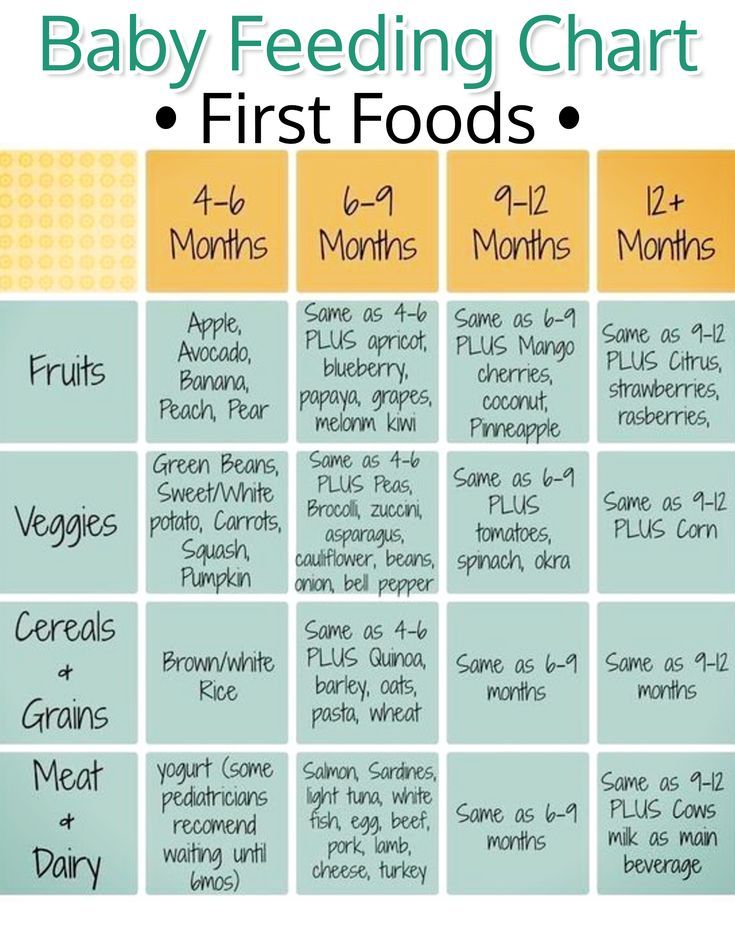 It will take a few hours to thaw. For quicker thawing, place it in a pan of warm water. Do this until it has warmed up to the temperature your baby likes.
It will take a few hours to thaw. For quicker thawing, place it in a pan of warm water. Do this until it has warmed up to the temperature your baby likes. - Never warm up breastmilk in the microwave or boiling water. This destroys the protective antibodies in the breastmilk.
- Remember to throw out any remaining milk in the bottle when your baby is done feeding.
Formula Feeding
Infant formulas are a safe alternative to breastmilk. Your provider will be recommending a formula for you when we see your baby initially in the hospital or at the office. Your baby will be on formula for the first year of life. Most infant formulas are available in ready to feed, powder, or concentrates. Follow the directions on the containers. Always make sure the bottle and nipples you use are clean.
- Most babies will take 1 - 2 ounces of formula per feeding and will eat every three to four hours for the first 1-2 weeks. Give your baby about 20 minutes to eat.
 If your baby is eating 2 ounces in less than 15 minutes, then you may consider increasing the amount you give for the next feed. By the time your baby is one month old, he/she may be drinking 4 ounces at a time. Keep in mind that each baby has its own pace. Do not force feed your baby to finish the bottle. ALWAYS USE NURSERY WATER TO MIX FORMULA.
If your baby is eating 2 ounces in less than 15 minutes, then you may consider increasing the amount you give for the next feed. By the time your baby is one month old, he/she may be drinking 4 ounces at a time. Keep in mind that each baby has its own pace. Do not force feed your baby to finish the bottle. ALWAYS USE NURSERY WATER TO MIX FORMULA. - For all infants, use formula that has iron in it. This helps to prevent iron deficiency anemia. Iron-fortified formulas contain all the vitamins and minerals needed. Extra vitamins are therefore not needed for infants taking formula.
- Formula Storage:
- If you decide to prepare the formula ahead of time, make sure you refrigerate it. Formula that is refrigerated must be consumed within 24 hours.
- Formula at room temperature should be discarded after 1 hour.
- Leftover used formula should always be tossed. Reason: Contains germs that can grow.
How Often and How Much Should Your Baby Eat?
By: Sanjeev Jain, MD, FAAP
One of the most common questions new parents have is how often their baby should eat. The best answer is surprisingly simple: in general, babies should be fed whenever they seem hungry.
The best answer is surprisingly simple: in general, babies should be fed whenever they seem hungry.
How do I know when my baby is hungry?
For babies born
prematurely or with certain medical conditions, scheduled feedings advised by your pediatrician are best. But for most healthy, full-term infants, parents can look to their baby rather than the clock for hunger cues. This is called feeding on demand, or
responsive feeding.
Hunger cues
A hungry baby often will cry. But it's best to watch for hunger cues before the baby starts crying, which is a late sign of hunger and can make it hard for them to settle down and eat.
Some other typical hunger cues in babies:
Licking lips
Sticking tongue out
Rooting (moving jaw and mouth or head in search of breast)
Putting his/her hand to mouth repeatedly
Opening her mouth
Fussiness
Sucking on everything around
It is important to realize, however, that every time your baby cries or sucks it is not necessarily because he or she is hungry.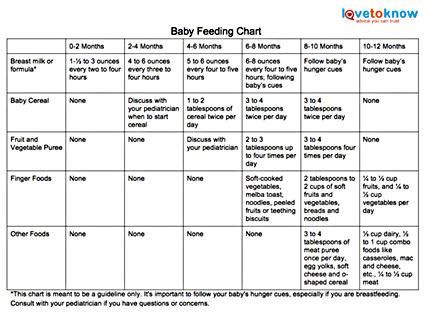 Babies suck not only for hunger, but also for comfort; it can be hard at first for parents to tell the difference. Sometimes, your baby just needs to be cuddled or changed.
Babies suck not only for hunger, but also for comfort; it can be hard at first for parents to tell the difference. Sometimes, your baby just needs to be cuddled or changed.
General guidelines for baby feeding
It is important to remember all babies are different―some like to snack more often, and others drink more at one time and go longer between feedings. However, most babies will drink more and go longer between feedings as they get bigger and their tummies can hold more milk:
Most newborns eat every 2 to 3 hours, or 8 to 12 times every 24 hours. Babies might only take in half ounce per feeding for the first day or two of life, but after that will usually drink 1 to 2 ounces at each feeding. This amount increases to 2 to 3 ounces by 2 weeks of age.
At about 2 months of age, babies usually take 4 to 5 ounces per feeding every 3 to 4 hours.
At 4 months, babies usually take 4 to 6 ounces per feeding.

At 6 months, babies may be taking up to 8 ounces every 4 to 5 hours.
Most babies will increase the amount of formula they drink by an average of 1 ounce each month before leveling off at about 7 to 8 ounces per feeding. Solid foods should be started at about 6 months old.
Concerns about overfeeding or underfeeding your baby
Too full?
Babies are usually pretty good at eating the right amount, but they can sometimes take in more than they need. Infants who are bottle feeding may be more likely to overfeed, because drinking from a bottle may take less effort than breastfeeding.
Overfed babies can have stomach pains, gas, spit up or vomit and be at higher risk for obesity later in life. It's better to offer less, since you can always give more if your baby wants it. This also gives babies time to realize when they're full.
If you are concerned your baby wants to eat
all the time―even when he or she is full―talk with your pediatrician. Pacifiers may be used after feeding to help sooth healthy-weight babies who like to suck for comfort, rather than nutrition. For babies who are breastfed, it's best to wait to offer pacifiers until around 3 to 4 weeks of age, when breastfeeding is well-established.
Pacifiers may be used after feeding to help sooth healthy-weight babies who like to suck for comfort, rather than nutrition. For babies who are breastfed, it's best to wait to offer pacifiers until around 3 to 4 weeks of age, when breastfeeding is well-established.
Trouble gaining weight?
Most babies will double their birth weight by 5 months of age and triple their birth weight by their first birthday. If your baby is having trouble gaining weight, don't wait too long between feeding―even if it means waking your baby. Be sure to talk with your pediatrician about how often and how much to feed your baby.
How do I know if my baby is getting enough to eat?
Daily diapers
A newborn's
diaper is a good indicator of whether he or she is getting enough to eat. In the first few days after birth, a baby should have 2 to 3 wet diapers each day. After the first 4 to 5 days, a baby should have at least 5 to 6 wet diapers a day. Stool frequency is more variable and depends whether your baby is
breastfed or formula fed.
Growth charts
During regular health check-ups, your pediatrician will check your baby's weight and plot it on a growth chart. Your baby's progress on the growth chart is one way to tell whether or not they are getting enough food. Babies who stay in healthy growth percentile ranges are probably getting a healthy amount of food during feedings.
Remember
Talk with your pediatrician if you have any questions or concerns about your baby getting the right amount to eat.
More information:
- Making Sure Your Baby is Getting Enough Milk
- Amount and Schedule of Formula Feedings
- Is Your Baby Hungry or Full? Responsive Feeding Explained (Video)
- Remedies for Spitty Babies
- Ask the Pediatrician: With the baby formula shortage, what should I do if I can't find any?
- Ask the Pediatrician: How should we feed our baby if we're running low on money?
-
Airplane Choo Choo: A Feeding Guide for Children (National Dairy Council)
About Dr.
 Jain:
Jain:
Sanjeev Jain, MD, FAAP, is a Clinical Associate Professor of General Pediatrics and Adolescent Medicine at the University of Wisconsin School of Medicine and Public Health. Within the American Academy of Pediatrics, he is a member of the Section on International Child Health and the Wisconsin State Chapter.
The information contained on this Web site should not be used as a substitute for the medical care and advice of your pediatrician. There may be variations in treatment that your pediatrician may recommend based on individual facts and circumstances.
does it matter for breastfeeding?
I was very relieved to find that, despite their small breast size, they did a great job feeding and I was able to successfully breastfeed all of my six children.
Having worked for over 35 years with breastfeeding mothers of an incredible variety of shapes and sizes, I have learned that small breasts are not a disadvantage.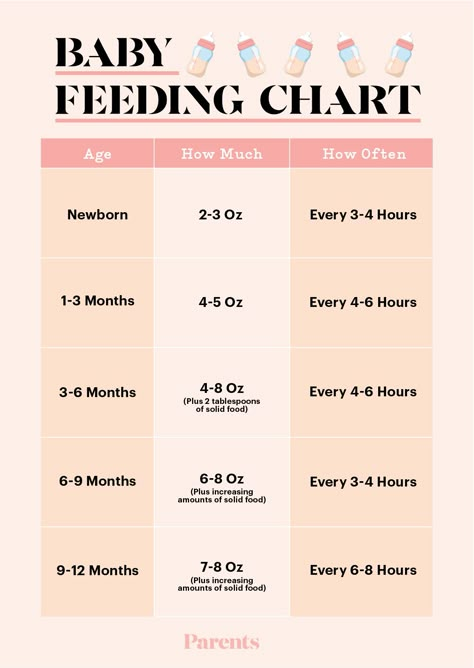 Moreover, breastfeeding with larger breasts can be more difficult because you have to worry about congestion, positioning, proper attachment (Newborns may find it difficult to attach to a large nipple and areola and maintain suckling. (Breasts with milk become heavy and may need to be worn a supportive bra and extra help to help the woman find comfortable nursing positions.)
Moreover, breastfeeding with larger breasts can be more difficult because you have to worry about congestion, positioning, proper attachment (Newborns may find it difficult to attach to a large nipple and areola and maintain suckling. (Breasts with milk become heavy and may need to be worn a supportive bra and extra help to help the woman find comfortable nursing positions.)
I have always had a hard time finding the right size nursing bra. The lingerie manufacturers seemed to default to the idea that all breastfeeding women have huge breasts. After filling an entire closet with uncomfortable bras that never fit me properly, I gave up and decided to go braless or wear stretchy sports tops that can accommodate breast pads when needed and are easy to lift or stretch. feed the baby if necessary.
Special nursing underwear is needed if you need extra breast support. If you have small breasts, then this is not a mandatory purchase. I got frustrated every time I bought nursing underwear, and in the end I decided not to wear it at all (Of course, there are a lot more choices now than I had 30 years ago).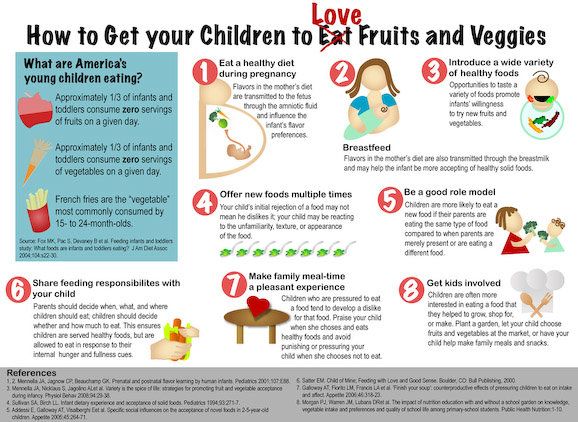
I remember one day in the dressing room my 9 year old daughter, watching me try on one bra after another, said, “Mom, it's all right. Think about the fact that when you get old, your breasts will not hang dejectedly, like most mothers. It cheered me up, and you know what? She was right!
Adipose tissue gives the breast a rounded shape and protects the internal tissues from damage. The amount of adipose tissue and breast size are not related to the ability to produce milk, so women with small breasts are also able to produce enough milk. Of all the breastfeeding women I have encountered, including mothers who breastfeed twins, women with very small breasts had the most milk.
During lactation, your breasts produce milk all the time, and it collects in the mammary glands between feedings. When you feed a baby, he sucks out almost all the milk, usually about 75-80%. Breastfeeding mothers can produce the same amount of milk per day regardless of breast size, but women with large breasts may have more "breast capacity" than women with small breasts.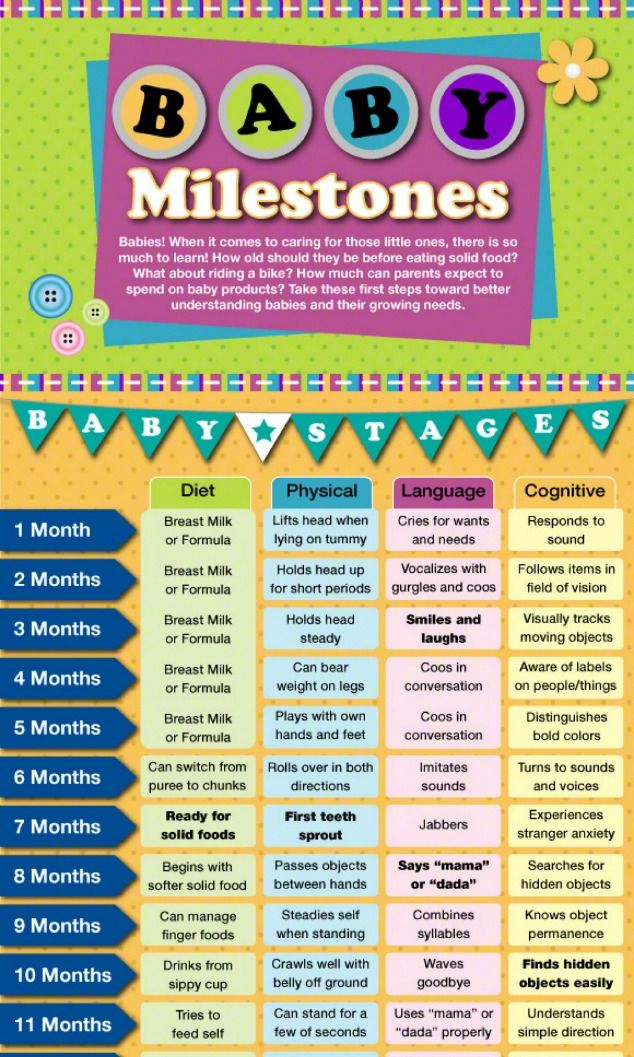
This means that large breasts can store more milk between feedings, sometimes several times more than small breasts. For example, if a large breast contains 6 ounces (1 ounce approximately 30 ml) and the baby sucks 4 ounces from each breast during a feed (8 ounces total) and leaves approximately 2 ounces in each breast (4 ounces total) in reserve for the next feed , plus, milk is produced during suckling.
Small breasts may contain 4 ounces per breast. And if the baby sucks 3 ounces from both (6 ounces total) in one feed, then there will be 1 ounce left in each breast (2 ounces total) for the next feed, and in addition, new milk will be produced during the feed.
Due to the size of the individual 'storage', women with small breasts may need to feed more frequently as they breastfeed. their babies may get less milk per feeding. Women with large breasts may produce more milk during each feeding, so the baby may feed less often or suckle only one breast at a time.
In the various benefits, everything is designed for the “average” child. Even though large breasts often produce more milk than small breasts, this does not mean that your baby will need to breastfeed more or less because of breast size.
Since each mother-child pair is unique, a mother with large breasts may need to feed her baby as often as a mother with small breasts, or even more often. These individual differences are the reason why babies need to be fed on demand rather than on a schedule. The baby sucks out as much milk per feeding as he needs at this particular time, and it is the needs of the child, and not the clock, that determine the frequency of feedings.
Of course, there are some exceptions to the rule when breast size does not affect the ability to produce the required amount of milk. A small number of women (about one in a thousand) have insufficient glandular tissue in their breasts. This condition also refers to mammary hypoplasia, breast hypoplasia, or underdeveloped breasts.
In most cases, but by no means always, these women's breasts have some external features: asymmetry (one breast is much larger than the other), a cylindrical shape, sagging and not enlarged at all since adolescence. It is impossible to tell if there will be enough milk in the breast just by appearance, but an unusual appearance of the breast can be a sign to look out for when there is not enough milk.
No one knows for sure the cause of the lack of glandular tissue in the breast, but it can be caused by hormonal disorders. Women with PCOS, women whose mothers were exposed to toxic dioxin, an environmental pollutant, during their pregnancy (exposure to dioxins in the womb can interfere with breast development during puberty and pregnancy). Women who have had problems conceiving are also at risk.
Mothers with IGT may have very little milk, but even a small amount of milk contributes to the health of the baby. Those mothers who do not have enough milk can supplement their baby with formula (approx. per. - or donor milk, also "Dairy Mom" recommends supplementing from a cup or spoon) from a bottle or through SNS (supplementing at the breast).
per. - or donor milk, also "Dairy Mom" recommends supplementing from a cup or spoon) from a bottle or through SNS (supplementing at the breast).
Of course, it is important to remember that breastfeeding is not only a way of feeding. Any amount of breastmilk your baby gets will be good for his digestion and immunity, and the special closeness you feel while nursing doesn't depend on how often you feed or how much milk you have.
Anne Smith, IBCLC, Breastfeeding Basics.
Translation: Olga Ryzhova
What is normal breastfeeding? | Interview with Dr. Jacqueline Kent
It can be difficult for new mothers to understand if breastfeeding is going well, so we decided to ask the expert if it is possible to talk about the norms when it comes to breastfeeding.
Share this information
Dr Jacqueline Kent , Research Fellow , Hartmann Human Lactation Research Group:
Jacqueline joined the University of Western Australia research group in 1986 and received her PhD in 1999. She is currently researching the biochemical and physiological aspects of breast milk synthesis and release in search of scientific information to help mothers breastfeed longer.
She is currently researching the biochemical and physiological aspects of breast milk synthesis and release in search of scientific information to help mothers breastfeed longer.
Dr. Jacqueline Kent and her colleagues have been studying breastfeeding for many years. As it turned out, for all mothers and babies, this process occurs in its own way.
What were the most surprising results of your research?
Variety. It turns out that the limits of the norm are extremely wide.
We are used to textbooks that say that an infant should eat 8-12 times a day and gain 150 grams per week. But babies don't read textbooks and do things their own way! Some gain weight more slowly, others very quickly.
We followed exclusively breastfed infants aged one to six months. As our studies have shown, on average, a child is breastfed 4 to 13 times a day, and the duration of one feeding varies from 12 minutes to 1 hour. 1
How much milk do breastfed babies usually consume?
According to our research, the volume of milk consumed by baby
ranges from 54 to 234 ml per feeding. 1
1
Sometimes it seems to the mother that the baby ate well, but when weighed, it turns out that he ate very little milk. And it happens the other way around: the child is distracted, breastfeeds for only a few minutes and still eats 100 ml of milk. Even if the baby is restless, this does not mean at all that he is malnourished.
All babies are different, but they all get as much milk as they need in one way or another. One needs 500 ml of milk per day, while others eat up to 1356 ml!
By the way, boys on average eat 76 ml more milk per day than girls. The main thing is that you have enough milk, and the baby will decide when and how much he will eat.
Should I offer my baby a second breast?
I advise offering the second breast to the baby after the first has been completely emptied. If he accepts it, then he hasn't finished eating. If not, don't worry. Let the baby decide for himself - only he knows when he is full. According to our research, 30% of babies get enough milk from one breast, 13% eat from two breasts at each feed, and 57% from time to time. 1
1
How do you know if a baby is getting enough milk?
In my experience, mothers often blame themselves for not producing enough milk. Ask yourself: Is my child growing? Is he putting on weight? Is he cheerful? Is his skin healthy? How often does he get diapers dirty? If the answer is “yes”, then the baby is getting enough milk, no matter if he eats a lot or a little.
What is the most common misconception about breastfeeding?
Mothers usually think that the older the child gets, the more often
he needs to be fed and the more milk he will eat. They are often surprised to learn that between the 4th and 26th weeks, total milk production normally does not change. 2
In the first few months, the baby grows very quickly and his metabolism is accelerated. The milk that the child consumes during this period is almost completely used for growth and maintenance of metabolism.
Between the ages of three and six months, metabolism slows down and growth slows, so the same amount of milk is sufficient for the baby.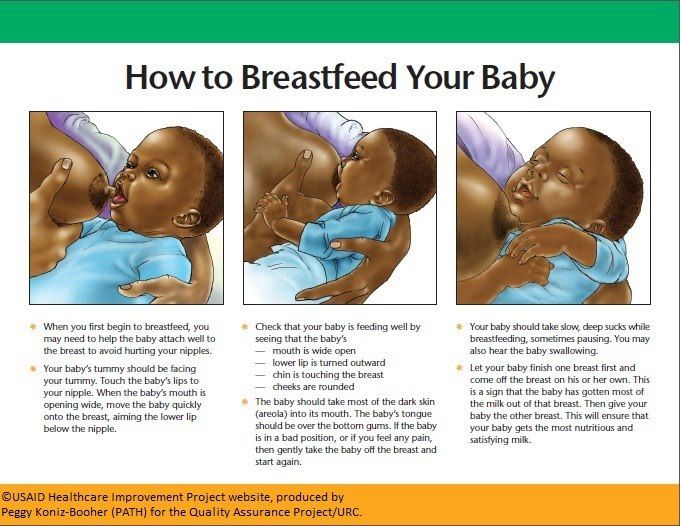 In other words, the baby does not have to consume more and more milk as they grow older. On the contrary, feedings become shorter and less frequent, but at the same time the child receives the same amount of milk, because he suckles better.
In other words, the baby does not have to consume more and more milk as they grow older. On the contrary, feedings become shorter and less frequent, but at the same time the child receives the same amount of milk, because he suckles better.
Do studies say anything about the age at which breastfed babies start sleeping through the night?
Most babies need to be fed at night.
A baby's stomach is not large enough to go all night without a feed, and breast milk is digested very quickly. Therefore, it is natural for the baby to wake up at night - and this usually continues for at least the first six months. Feeding at night is normal. When you feed your baby at night, do not even hesitate - all over the world at this moment other mothers of babies of the same age are doing the same. Be patient - it usually only lasts a few months. 1
What worries new mothers the most during the first few weeks of breastfeeding?
The most common concern is whether the baby latch on properly, sucks well, and is full during feeding. Often mothers also worry about sore nipples. The main thing is to find the right position for feeding from the very beginning and ensure that the baby is latching on correctly. Practice shows that this significantly affects the flow of milk and the convenience of feeding.
Often mothers also worry about sore nipples. The main thing is to find the right position for feeding from the very beginning and ensure that the baby is latching on correctly. Practice shows that this significantly affects the flow of milk and the convenience of feeding.
What breastfeeding symptoms should be of concern?
Milk production usually returns to normal levels two weeks after birth. If the child does not begin to gain weight on the fifth or sixth day of life, it's time to sound the alarm. You should contact your doctor to make sure that milk is being produced and that its composition is changing from colostrum to mature breast milk.
What advice would you give to a new breastfeeding mother?
Try to ensure skin-to-skin contact with the baby as soon as possible after delivery. If possible, feed your baby within the first hour of life, or at least breastfeed. As soon as possible, contact a specialist to correct the position and grip of the breast during feeding and thus avoid damage to the nipples.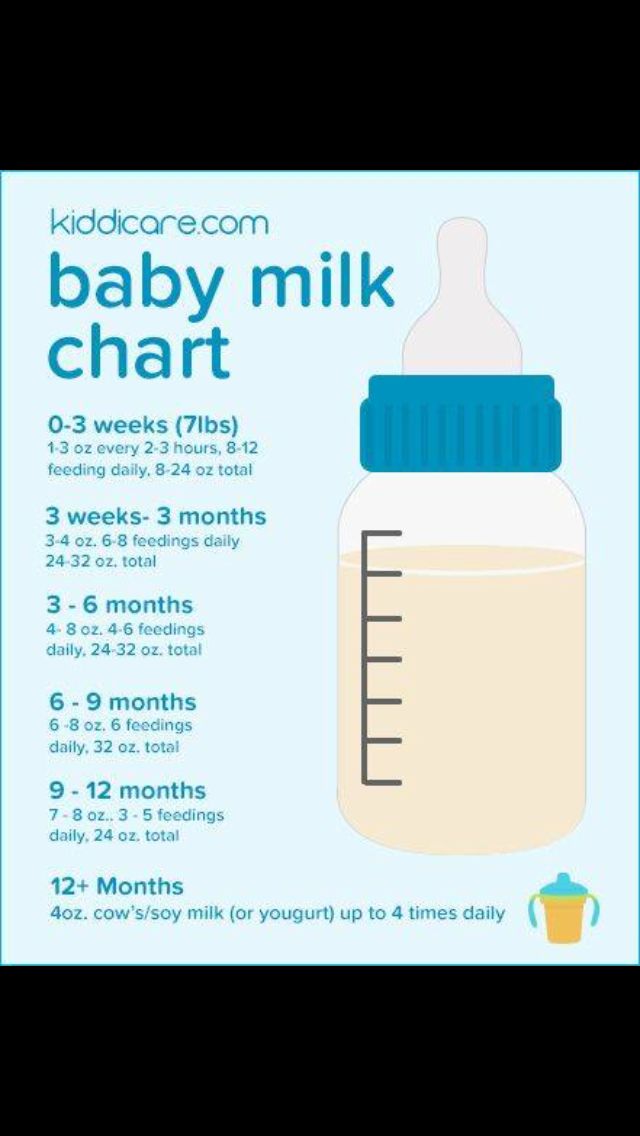
Feed frequently. Young mothers do not immediately succeed in correctly recognizing the signals that the child gives. Be sure to feed your baby on demand, and not at set intervals. Offer the breast as soon as you notice any signs of hunger - as a rule, the baby suckles better when he is calm. If he cries, it is more difficult for him to take the breast. If you are not sure what the child wants, offer him the breast. He decides whether he wants to eat or not.
To learn more about Dr. Kent's research, download infographic "How to determine the limits of normal when it comes to breastfeeding" or see it below.
Literature
1 Kent JC et al. Volume and frequency of breastfeedings and fat content of breast milk throughout the day. Pediatrics . 2006;117(3): e 387-395. - Kent J.S. et al., "Amount and frequency of breastfeeding and fat content of breast milk during the day." Pediatrix (Pediatrics).





